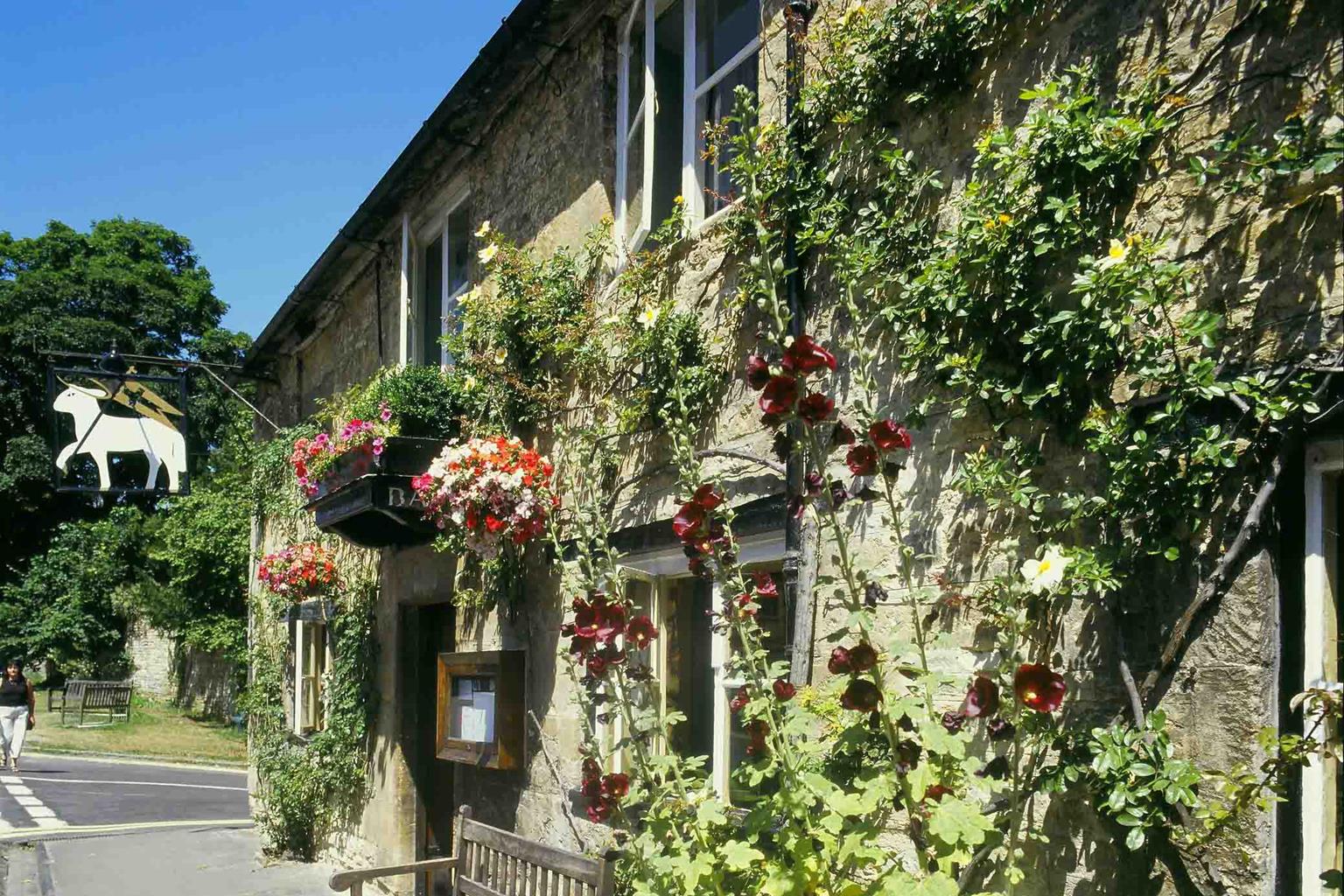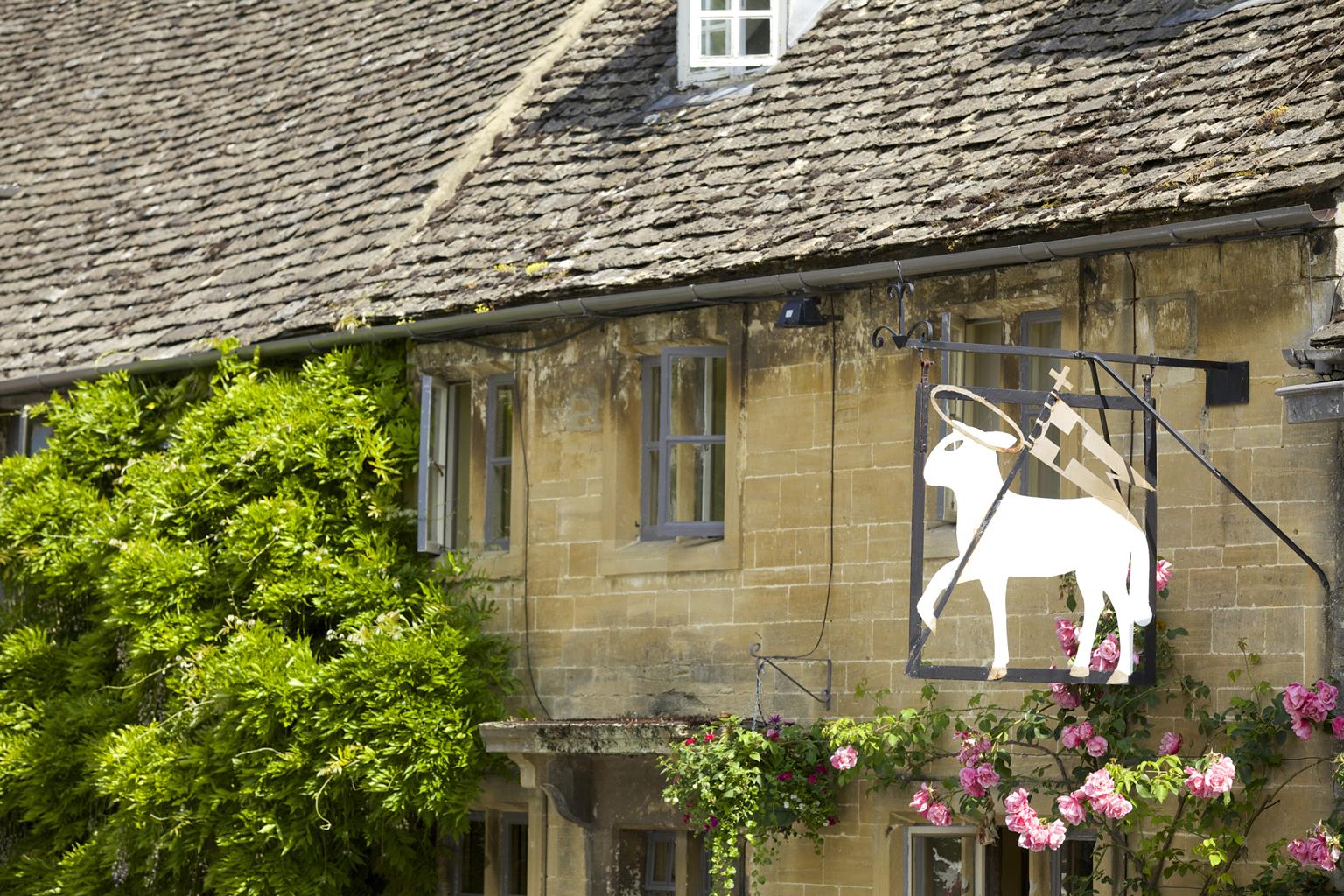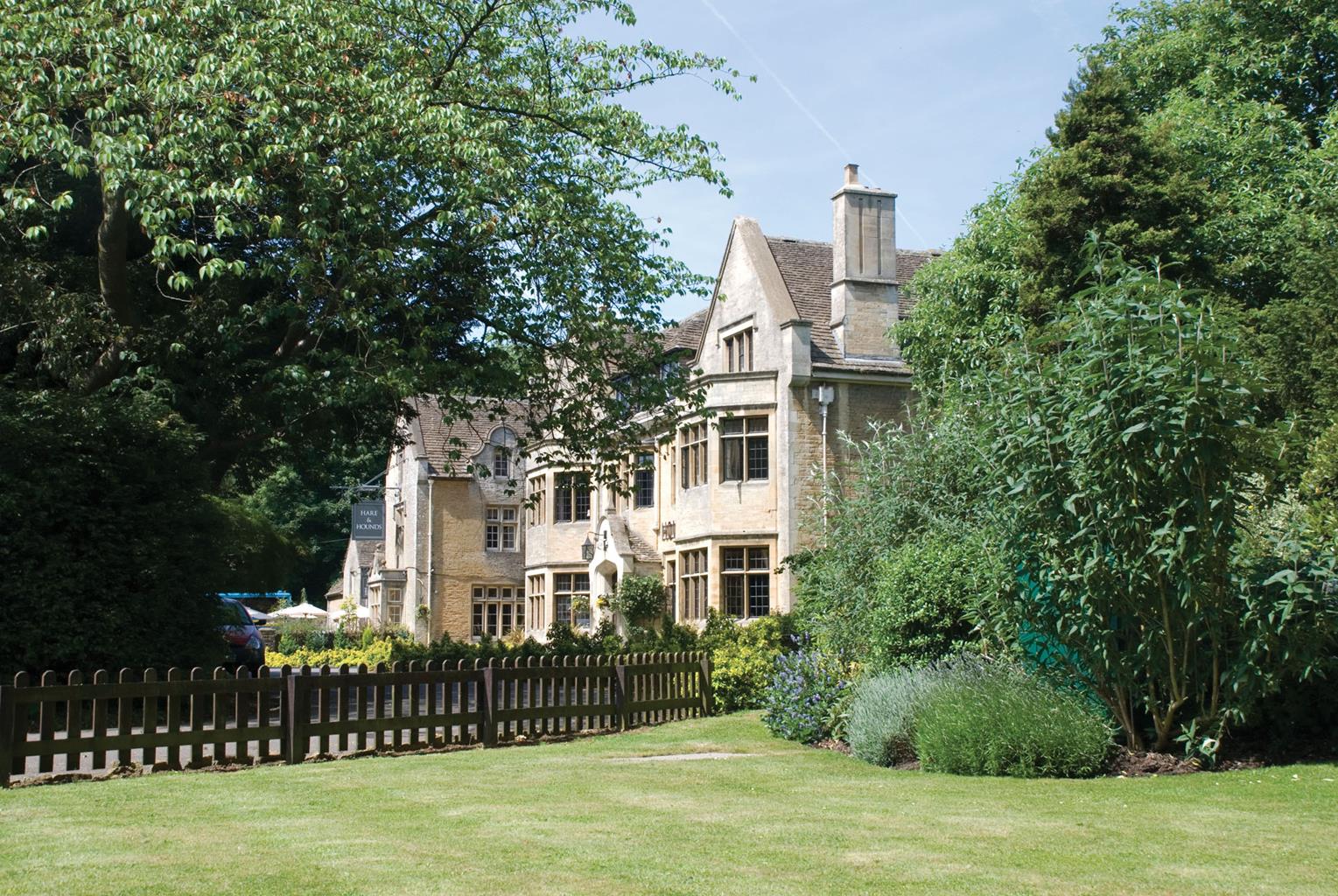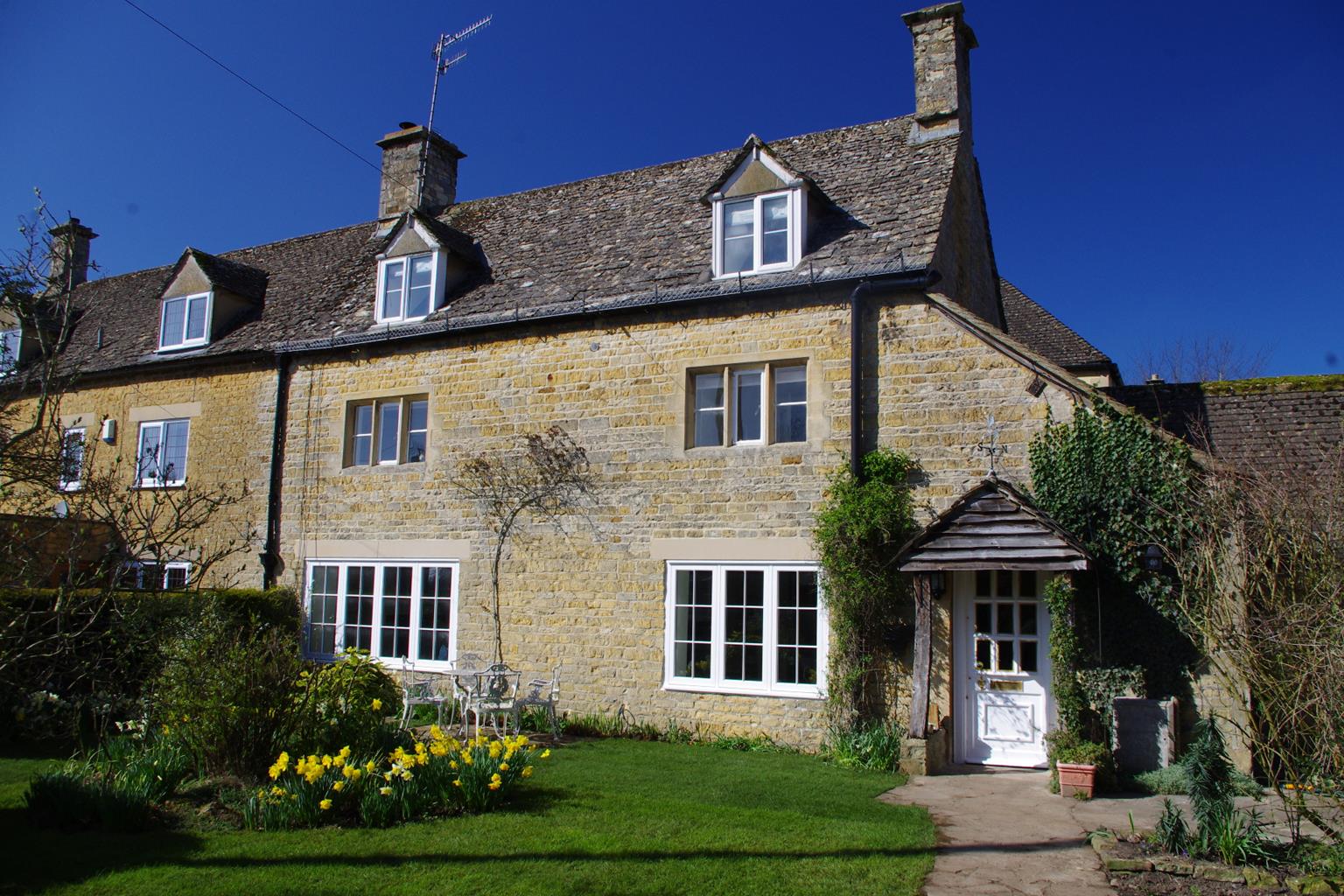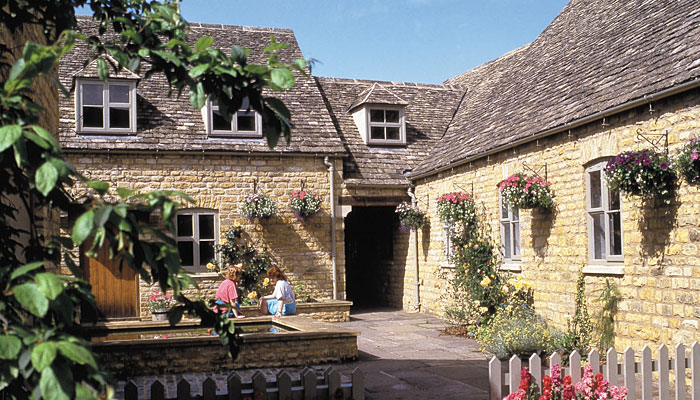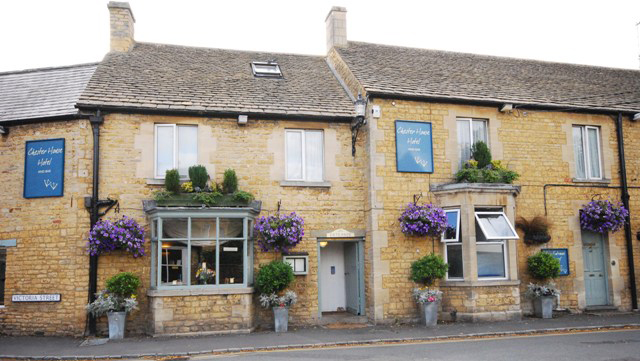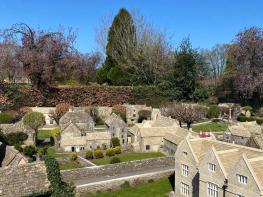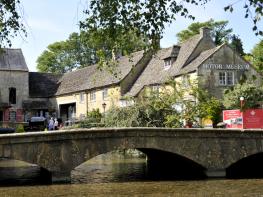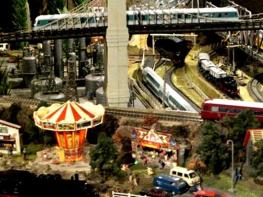Awaiting description.
Sherborne and the Sherborne Estate

A walk from a picturesque village through the woods and parkland of an 18th-century estate once owned by wealthy Winchcombe Abbey.
2.5 miles (4kms)
About the walk
Sherborne was always an estate village, originally belonging to Winchcombe Abbey. Huge flocks of sheep were gathered here for shearing, with much of the wool exported to Flanders and Italy. In the 14th century, the tenants of the Abbot of Winchcombe had to work for a fortnight washing and shearing the abbey’s sheep. A century later Sherborne, because of the plentiful water supply provided by the river (essential for washing the wool) and because it was the largest of the abbey’s manorial possessions, had become the principal shearing station for all the abbey’s flocks. In 1485, drovers brought in 2,900 sheep from the surrounding villages. Quarters were provided for all the shearers while the Abbot of Winchcombe rode up to supervise and inspect the weighing of the fleeces in a room set aside for the purpose. He bought as much of the tenants’ wool as he required and then sold it on. The abbot, of course, wanted to ensure that he made as much money as possible; and indeed in 1341 local tenants were fined by their abbot for attempting to set up a fulling mill in competition with his own.
After the Dissolution, the estate was purchased by the Dutton family, who built themselves a fine house with the help of the eminent local quarryman, Valentine Strong. In the 19th century the house, said to be haunted by the hunchback and gambler known as ‘Crump’ Dutton, was rebuilt using estate stone, but eventually it became a boarding school and is now luxury flats. Today, the estate, and much of the village, belongs to the National Trust.
The village of Sherborne has some very pretty cottages – one of which, in the eastern part, has somehow acquired a Norman arch that originally graced a 12th-century chapel that apparently stood in the grounds of one of the nearby farms. From the road near the church are sweeping rustic views across Sherborne Brook and its water meadows, where once the medieval flocks of sheep would have grazed.
South of Sherborne, near the village of Aldsworth, is Lodge Park, originally part of the Sherborne Estate. This was created in 1634 by ‘Crump’ Dutton and is a unique survival of a deer course, park and grandstand, which has been painstakingly reconstructed using archaeological evidence. Sherborne was also the birthplace of an eminent scientist. James Bradley, born here in 1693, was appointed the third Astronomer Royal in 1742, and is remembered as the first person to calculate the speed of light, in 1729. He is also responsible for establishing the meridian line at Greenwich.
Walk directions
From the main part of the village, east of the church, walk back towards Sherborne House. Continue to a road on the left beside the war memorial. Enter the Sherborne Estate through a doorway beside the telephone box and follow the main path. The house will appear to the right. The path bends left and after 150yds (137m) and turns right at a bench into woodland. After a further 100yds (91m), bear left onto another gently ascending path.
Stay left of a tree surrounded by a metal seat on a mound and continue for a few paces to a waymarked T-junction. Turn right and go through a wroughtiron gate to pass the old Ice House. Keep right at the waymark and head for another gate.
Follow the main path through the trees. Join another path and, at a gate, go through onto a farm track and turn right. Follow this, passing a sports field on the left, to a gate at Ewe Pen Barn. Go through this and turn right straight away to pass through another gateway. Just beyond it and immediately past a right-hand gate, turn right into a field to follow the right-hand margin. Follow this as it bears left at the corner and descend to the bottom corner where the path will take you into conifer woodland. Follow this wide path down past a bench until you come to a fork by a second bench.
Stay left and keep to the path as it skirts the woods, bearing right to flatten out at the bottom. Stay on it all the way to an opening in a wall. Emerge at a road and turn right. Follow the pavement through the village, passing the church on the right, and return to your starting point.
Additional information
Fields, tracks and pavement
Village and landscaped estate
No stiles and some clear stretches without livestock
OS Explorer OL45 The Cotswolds
On-street parking in Sherborne
None on route
WALKING IN SAFETY
Read our tips to look after yourself and the environment when following this walk.
Find out more
Also in the area
About the area
Discover Gloucestershire
Gloucestershire is home to a variety of landscapes. The Cotswolds, a region of gentle hills, valleys and gem-like villages, roll through the county. To their west is the Severn Plain, watered by Britain’s longest river, and characterised by orchards and farms marked out by hedgerows that blaze with mayflower in the spring, and beyond the Severn are the Forest of Dean and the Wye Valley.
Throughout the county you are never far away from the past. Neolithic burial chambers are widespread, and so too are the remains of Roman villas, many of which retain the fine mosaic work produced by Cirencester workshops. There are several examples of Saxon building, while in the Stroud valleys abandoned mills and canals are the mark left by the Industrial Revolution. Gloucestershire has always been known for its abbeys, but most of them have disappeared or lie in ruins. However, few counties can equal the churches that remain here. These are many and diverse, from the ‘wool’ churches in Chipping Campden and Northleach, to the cathedral at Gloucester, the abbey church at Tewkesbury or remote St Mary’s, standing alone near Dymock.
Nearby stays
Restaurants and Pubs
Nearby experiences
Recommended things to do
Why choose Rated Trips?
Your trusted guide to rated places across the UK
The best coverage
Discover more than 15,000 professionally rated places to stay, eat and visit from across the UK and Ireland.
Quality assured
Choose a place to stay safe in the knowledge that it has been expertly assessed by trained assessors.
Plan your next trip
Search by location or the type of place you're visiting to find your next ideal holiday experience.
Travel inspiration
Read our articles, city guides and recommended things to do for inspiration. We're here to help you explore the UK.



